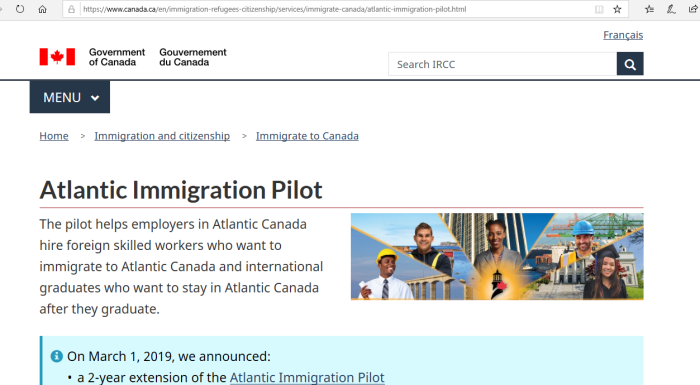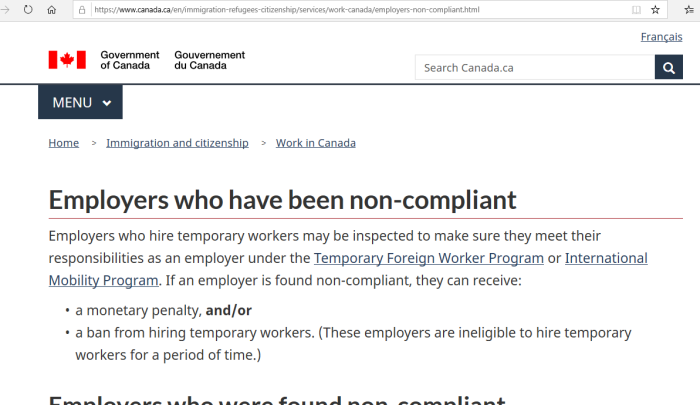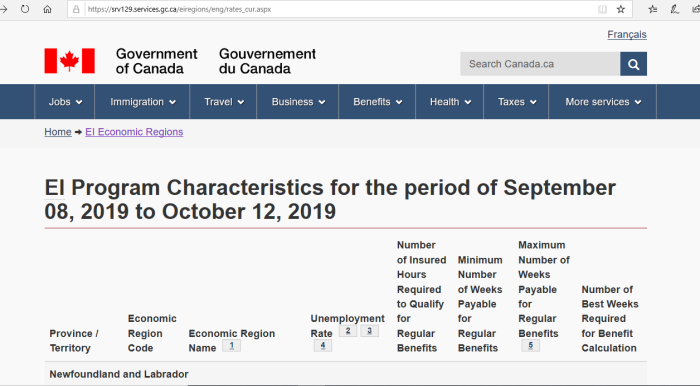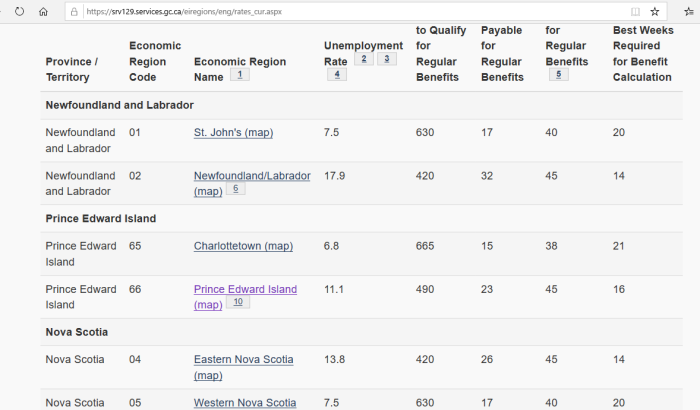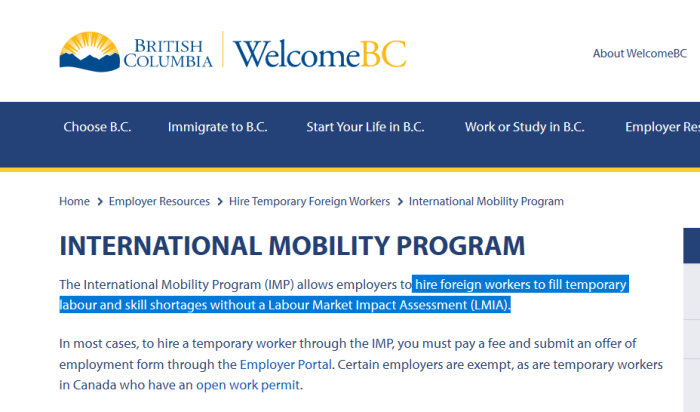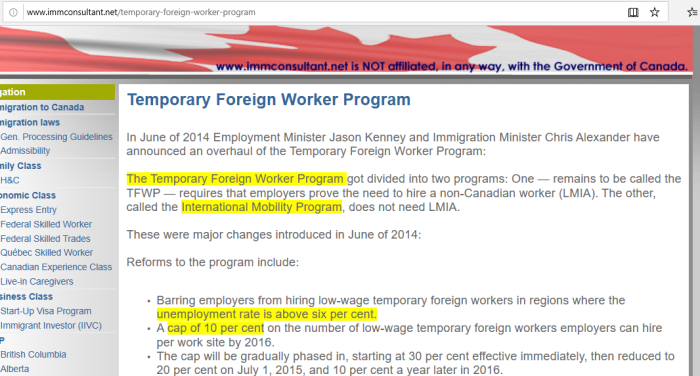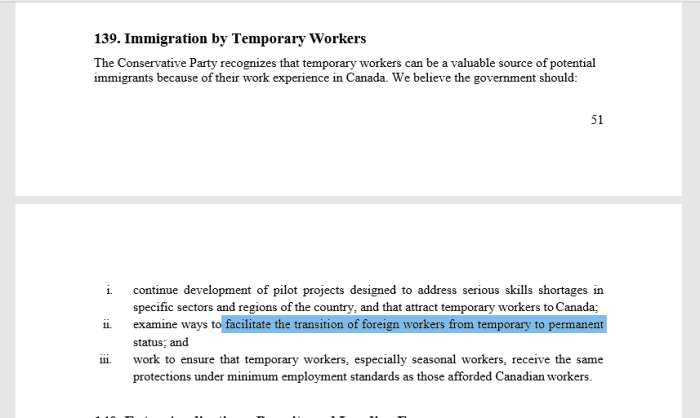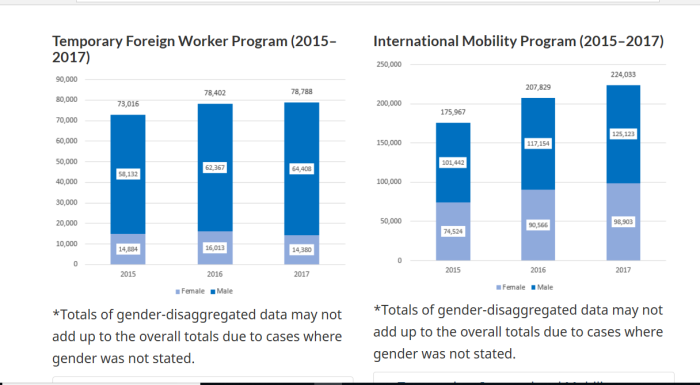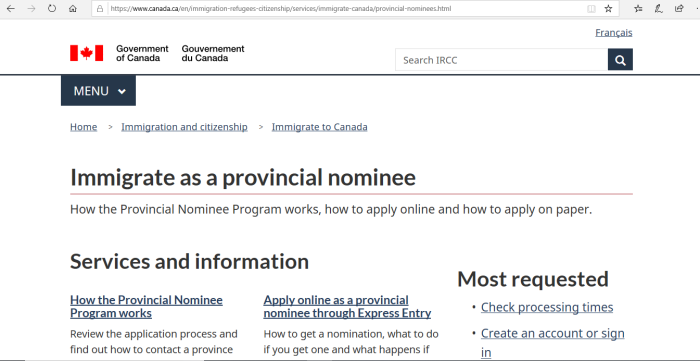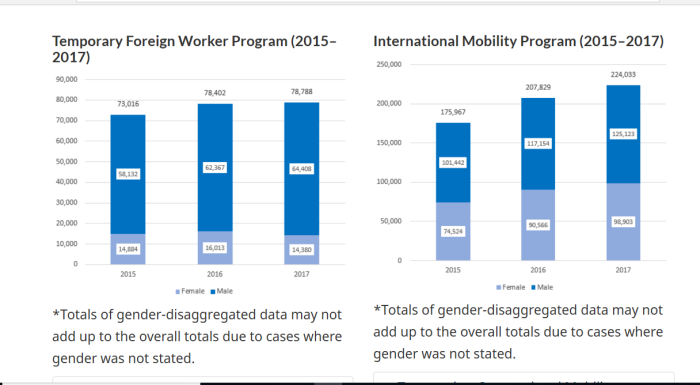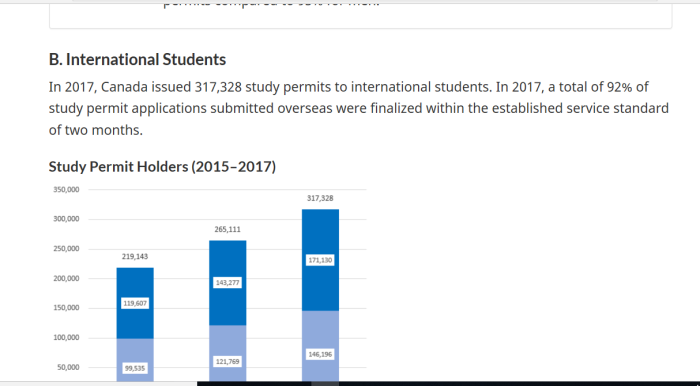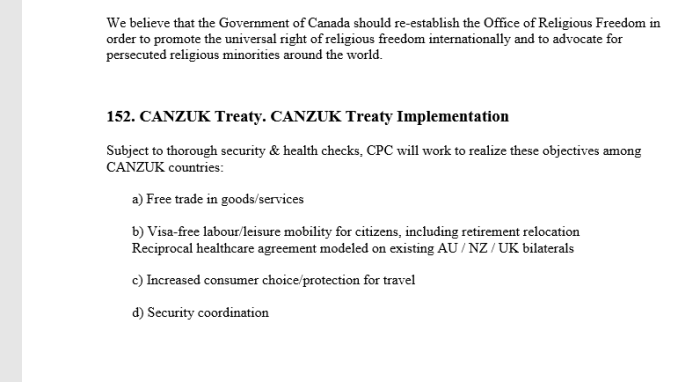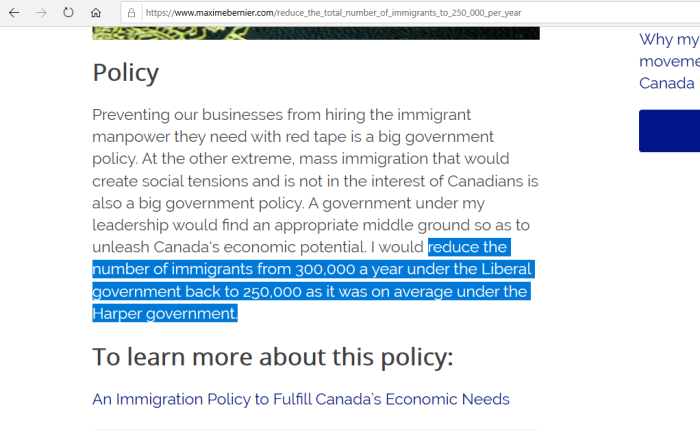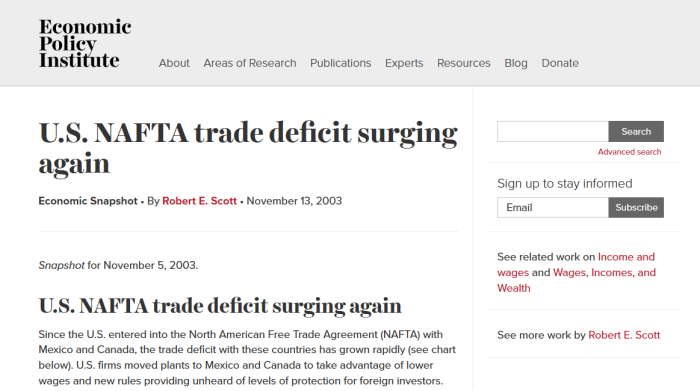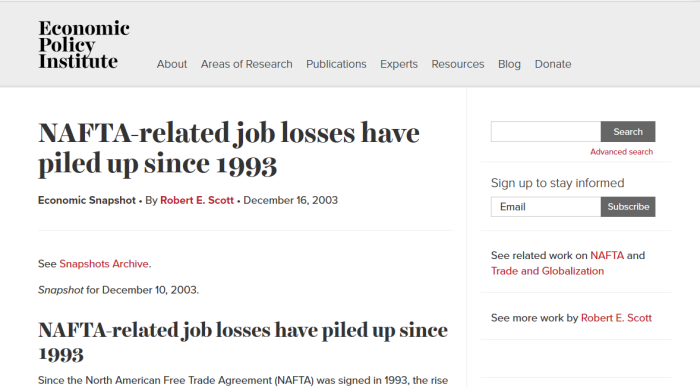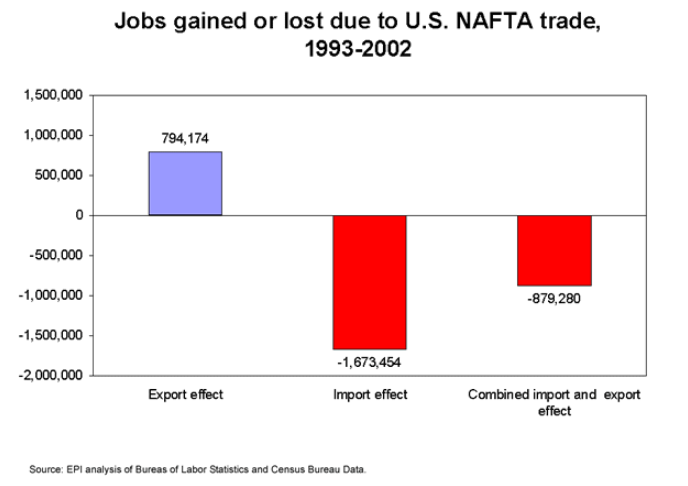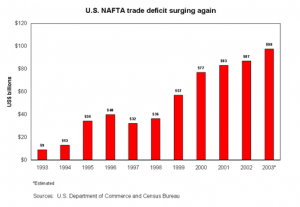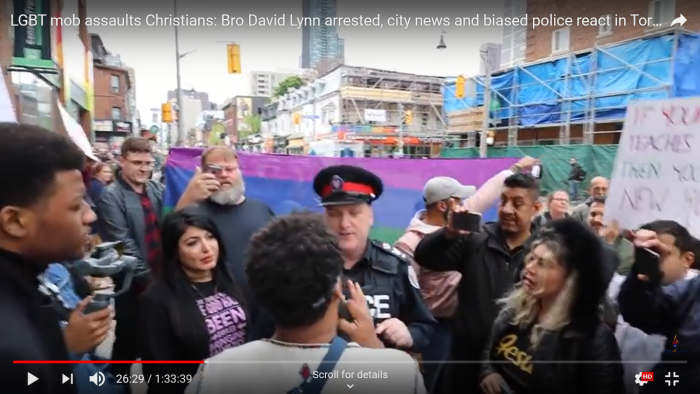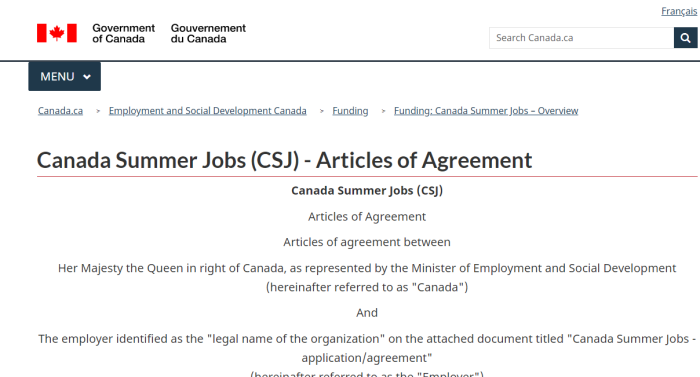(Research into scope of illegal immigration into US)

(Simpson-Mazzoli Act of 1986)
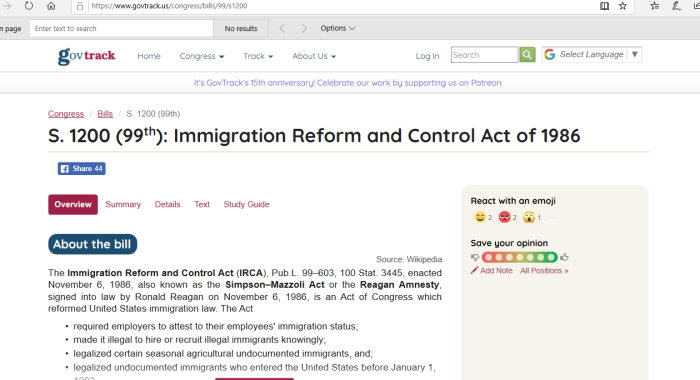
(George W. Bush’s “Comprehensive Immigration Reform”)
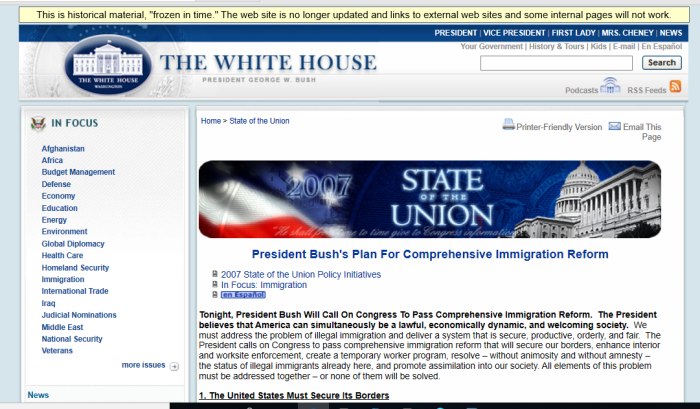
(From Wikipedia, States are flipping blue)
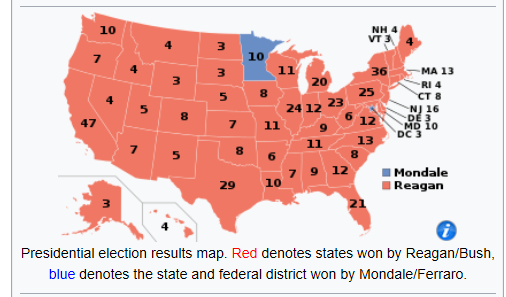

(Former supporter Ann Coulter sours on Trump’s failure to build the wall)
1. Important Links
(1) https://journals.plos.org/plosone/article?id=10.1371/journal.pone.0201193
(2) https://thehill.com/latino/407848-yale-mit-study-22-million-not-11-million-undocumented-immigrants-in-us
(3) https://www.realclearpolitics.com/articles/2019/09/26/the_death_of_american_citizenship_141340.html
(4) https://www.pewresearch.org/fact-tank/2019/06/12/5-facts-about-illegal-immigration-in-the-u-s/
(5) https://www.pewresearch.org/fact-tank/2019/07/12/how-pew-research-center-counts-unauthorized-immigrants-in-us/
(6) https://www.dhs.gov/immigration-statistics/yearbook
(7) https://www.forbes.com/sites/theapothecary/2018/02/26/how-american-citizens-finance-health-care-for-undocumented-immigrants/#726058612c47
(8) https://dailycaller.com/2016/09/14/new-estimate-shows-it-costs-nearly-44-billion-to-educate-illegal-aliens-annually/
(9) https://www.govtrack.us/congress/bills/99/s1200
(10) https://www.numbersusa.com/content/learn/illegal-immigration/seven-amnesties-passed-congress.html#2
(11) https://georgewbush-whitehouse.archives.gov/stateoftheunion/2007/initiatives/immigration.html
(12) https://thehill.com/opinion/immigration/449887-ann-coulter-surprise-that-cheap-immigrant-labor-costs-us-a-lot
(13) https://thehill.com/latino/407848-yale-mit-study-22-million-not-11-million-undocumented-immigrants-in-us
(14) https://www.dailysignal.com/2015/12/27/you-only-think-you-know-how-many-illegal-immigrants-live-in-the-us/
(15) https://www.theamericanresistance.com/articles/art2004sep20.html
2. Context For Canadian Public
Why should Canadians care? After all, this is an American problem.
Selfishness aside, we should care. Illegal immigration is wrong, regardless of where it is happening. And what happens in the U.S. happens here. We share many of the same problems.
It should also make Canadians stop and wonder exactly how many illegal aliens are in Canada. Even beyond illegals, mass LEGAL migration also has the effect of changing the demographics, and altering elections. In fact, the ridings with the most immigration were pretty reliable Liberal voters.
It’s also worth wondering if conservatives in Canada would implement some form of amnesty for illegals already here. Even if the entire Canada/U.S. border is declared a port of entry, it does nothing to deport the illegals already here.
If any sort of amnesty were to be granted, wouldn’t that just provide more incentive to come to Canada or the U.S. by whatever means available?
3. Simpson-Mazzoli Act of 1986 (Reagan Amnesty)
The Immigration Reform and Control Act (IRCA), Pub.L. 99–603, 100 Stat. 3445, enacted November 6, 1986, also known as the Simpson–Mazzoli Act or the Reagan Amnesty, signed into law by Ronald Reagan on November 6, 1986, is an Act of Congress which reformed United States immigration law. The Act
-required employers to attest to their employees’ immigration status;
-made it illegal to hire or recruit illegal immigrants knowingly;
–legalized certain seasonal agricultural undocumented immigrants, and;
–legalized undocumented immigrants who entered the United States before January 1, 1982 and had resided there continuously with the penalty of a fine, back taxes due, and admission of guilt; candidates were required to prove that they were not guilty of crimes, that they were in the country before January 1, 1982, and that they possessed at least a minimal knowledge about U.S. history, government, and the English language.
At the time, the Immigration and Naturalization Service estimated that about four million illegal immigrants would apply for legal status through the act and that roughly half of them would be eligible.
Ronald Reagan, who identifies as a “conservative” gave amnesty to 3 million illegals (by some estimates).
Worth noting is that Reagan had overwhelming majorities in his 1984 landslide win. He was not pressured into doing this by Democrats.
Look at the above two U.S. maps. This is what replacement migration has done. It is what amnesty for illegals has done. Several U.S. States have “turned blue” permanently.
Ronald Reagan’s amnesty policies turned California blue (and started the trend). Yet conservatives don’t seem to care that he did nothing to conserve the Republican voting base.
4. Amnesty Measures Over The Years
The Seven Amnesties Passed by Congress
1. Immigration and Reform Control Act (IRCA), 1986: A blanket amnesty for some 2.7 million illegal aliens
2. Section 245(i) Amnesty, 1994: A temporary rolling amnesty for 578,000 illegal aliens
3. Section 245(i) Extension Amnesty, 1997: An extension of the rolling amnesty created in 1994
4. Nicaraguan Adjustment and Central American Relief Act (NACARA) Amnesty, 1997: An amnesty for close to one million illegal aliens from Central America
5. Haitian Refugee Immigration Fairness Act Amnesty (HRIFA), 1998: An amnesty for 125,000 illegal aliens from Haiti
6. Late Amnesty, 2000: An amnesty for some illegal aliens who claim they should have been amnestied under the 1986 IRCA amnesty, an estimated 400,000 illegal aliens
7. LIFE Act Amnesty, 2000: A reinstatement of the rolling Section 245(i) amnesty, an estimated 900,000 illegal aliens
Source is here. As you can see, it never stopped at just one amnesty. There was always another group to be considered.
While items 2-7 in fact were signed into law by Bill Clinton (a Democrat), it’s worth pointing out that Reagan, a Republican, was the one who started the trend in 1986. Furthermore, Reagan wouldn’t be the last “conservative” to propose blanket amnesty policies for illegal aliens.
As with Reagan, Clinton seems to have no issue with granting mass amnesties, even while the border is still not secure. This surely means that
5. Bush’s “Comprehensive Immigration Reform”
3. To Secure Our Border, We Must Create A Temporary Worker Program
America’s Immigration Problem Will Not Be Solved With Security Measures Alone. There are many people on the other side of our borders who will do anything to come to America to work and build a better life. This dynamic creates tremendous pressure on our border that walls and patrols alone cannot stop.
As We Tighten Controls At The Border, We Must Also Address The Needs Of America’s Growing Economy. The rule of law cannot permit unlawful employment of millions of undocumented workers in the United States. Many American businesses, however, depend on hiring willing foreign workers for jobs that Americans are not doing.
If you read between the lines, Bush has a solution in mind: many or most of the illegal aliens in the U.S. can be put to work, and made to be productive.
But as long as they have economic value, I suppose. Ignore the demographic changes. Ignore the voting changes that will happen. Ignore the culture clash, and tension. Ignore the slap in the face that it causes to people who come to the U.S. legally.
4. We Must Bring Undocumented Workers Already In The Country Out Of The Shadows
Comprehensive Immigration Reform Must Account For The Millions Of Immigrants Already In The Country Illegally. Illegal immigration causes serious problems, putting pressure on public schools and hospitals and straining State and local budgets. People who have worked hard, supported their families, avoided crime, led responsible lives, and become a part of American life should be called in out of the shadows and under the rule of American law.
The President Opposes An Automatic Path To Citizenship Or Any Other Form Of Amnesty. Amnesty, as a reward for lawbreaking, would only invite further lawbreaking. Amnesty would also be unfair to those lawful immigrants who have patiently waited their turn for citizenship and to those who are still waiting to enter the country legally.
The President Supports A Rational Middle Ground Between A Program Of Mass Deportation And A Program Of Automatic Amnesty. It is neither wise nor realistic to round up and deport millions of illegal immigrants in the United States. But there should be no automatic path to citizenship. The President supports a rational middle ground founded on the following basic tenets:
Some quotes from the White House, on the subject. Despite the explicit denials, this “is” an amnesty program. Stating publicly that there will not be mass deportations means existing laws will not be enforced. Saying you can work for legalization in fact is the reward that people have crossed the border illegally to get in the first place.
It never seems to dawn on successive administrations that rewarding people for breaking the law only encourages more lawbreaking to happen.
Or more likely, they know but don’t care. There seems to be another agenda at play.
Thankfully, this “reform” eventually fell through. However, Bush also seemed to only pay lip service to the idea of real border security. As long as the U.S./Mexico border is porous, people will keep coming illegally. This reality is undeniable.
6. Donald Trump and “Build The Wall”
Donald Trump (narrowly) defeated Hillary Clinton in November 2016 to win the White House. One major campaign was to build a wall across the U.S./Mexico border. This pledge proved extremely popular, as American are tired of continued illegal immigration, and want a secure border.
However, even Trump’s most vocal supporters have had to face the reality that it wasn’t getting done. 2 years into his mandate, with Republican control of both Houses of Congress, nothing had been built. To be fair though, some Republicans were obstructionist.
While some new parts have been added since the 2018 Midterms, and some existing structures replaced, it seems to fall far short of what supporters were expecting.
7. Financial Costs Of Illegal Immigration
There is a lot of conflicting information of the actual costs to the American public. However, here is one statistic. Forbes estimates that the U.S. public subsidizes health care for illegals to the tune of $18.5 billion per year.
Another estimate comes from the Daily Caller, and suggests that it costs about $44 billion per year to educate children illegally in the country.
That doesn’t even include crime data, which can be tricky to find.
8. Voting Trends By Demographics
It foolish to ignore demographic patterns when it comes to voting. Leftist parties push for more immigration at least in part because they believe it will result in more voters. Hence this will result in better election results.
They aren’t wrong. These patterns absolutely do exist. Could be why leftists have little to no interest in securing the borders. Conservatives have little interest either, but that is economically driven.
In this sense, though, it seems to make no real difference if people have immigrated legally, or are illegals given amnesty. The result is still more voters.
In liberal states like New Jersey, illegals are eligible to obtain driver’s licenses. This is despite (by definition) being in the country illegally. And how do we know they aren’t voting illegally?
9. Illegal Immigration Hurts Everyone
Illegal aliens do access social services that they haven’t paid into. This limits resources for citizens who are in the nation illegally, and who have been paying in.
Undermining the borders is an assault on national sovereignty. Rewarding them with a pathway to citizenship only encourages more of it. Americans are sick and tired of politicians who have little to no interest in enforcing border security.
As for the argument that this generates extra tax revenue: How do you pay U.S. taxes without a Social Security Number? How do you get an SSN without legal status? Even if taxes were withheld, they most likely went into the employer’s pocket.
A possible 22 million people in the country illegally. A nice potential voting bloc, if only they could be given amnesty.
Canada, how many do we have?
10. Ann Coulter Estimates Much Higher
Author and political commentator Ann Coulter suggests that even the 22 million figure is lowballed. She gives various estimates, including that it could be 30-60 million all told. She makes 2 very valid points:
(1) Previous estimates based on self-reporting.
(2) Numbers haven’t changed much over the years, despite continued entries.
That will be the subject of a piece all its own.


